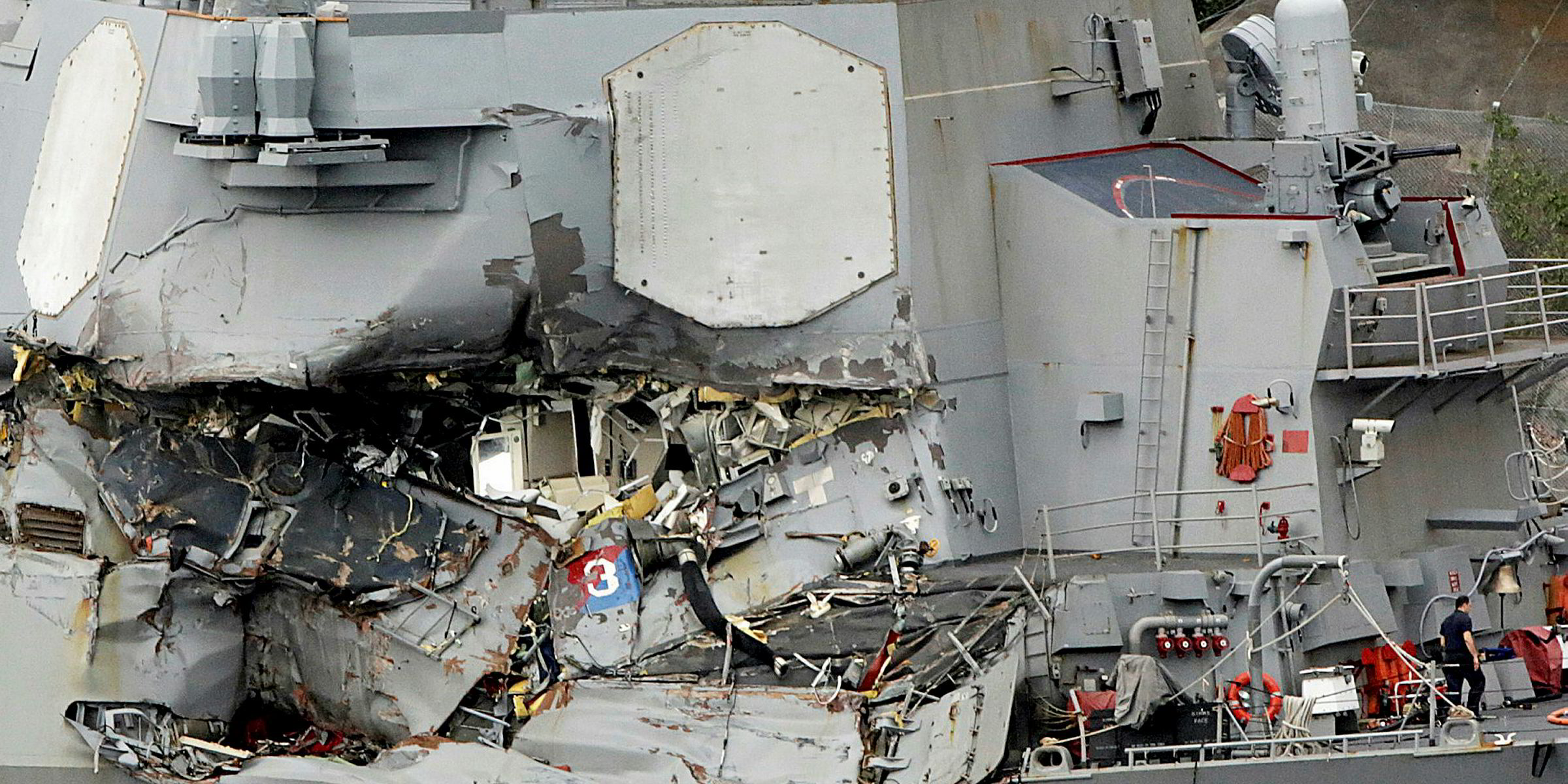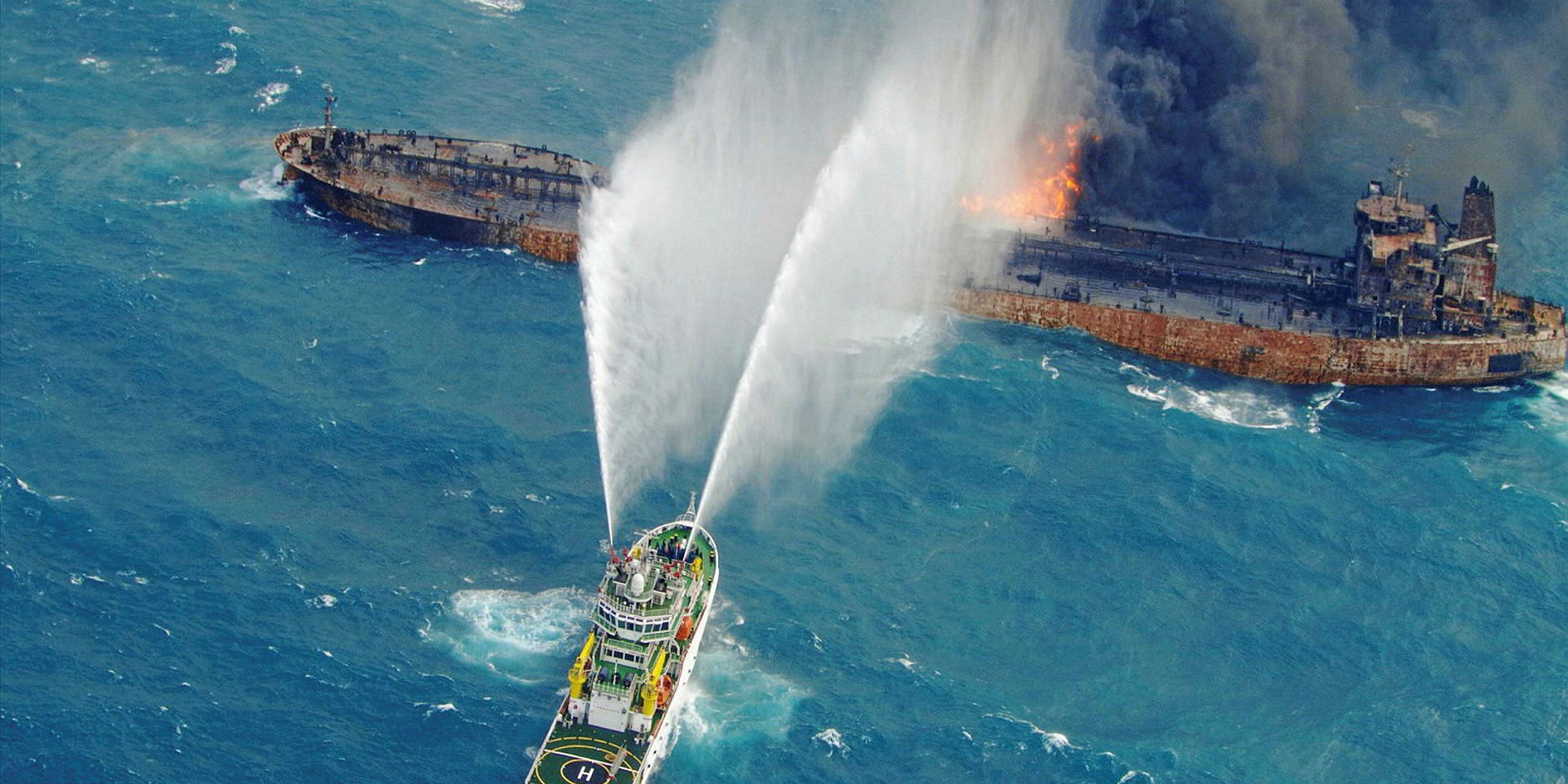Increasing traffic and poor seamanship in Asian waters appear to be factors in the global growth in marine accidents, often with high loss of life.
Last week's collision between the 164,000-dwt Sanchi (built 2008) and the 76,000-dwt CF Crystal (built 2011), which claimed 32 seafarers’ lives, is Asia's third major fatal collision in six months.
Major fatalities in Asian waters over the past seven months
Sanchi collision with CF Crystal, January 2018, East China Sea
Lives lost: 32
Emerald Star sank off the Philippines with cargo liquefaction, October 2017
Lives lost: 10
USS John S McCain collision with Alnic MC, August 2017, Japan
Lives lost: 10
USS Fitzgerald collision with ACX Crystal, June 2017, off Singapore
Lives lost: 7
In June last year, the US Navy destroyer USS Fitzgerald collided with the NYK-operated 2,858-teu containership ACX Crystal (built 2008) just outside Tokyo Bay, in an incident that claimed seven American sailors' lives. The US blamed “poor seamanship” on both sides for the accident.

Two months later, an accident between another US destroyer, USS John McCain, and the 50,800-dwt product tanker Alnic MC (built 2008) off Singapore left 10 servicemen dead. “Poor judgment” by the navy officers was blamed.
The accident rate in Asian waters was enough for Allianz Global Corporate & Specialty (AGCS) to declare East and South East Asia an accident black spot, drawing comparisons with the mythical Bermuda Triangle.
Asia has also been the region of major cargo-related bulker losses.
Allianz analysis of data identifies Asia as suffering the most total losses in 2016 — 34, or 40% of all total losses worldwide.
Captain Rahul Khanna, head of marine risk consulting at AGCS, says: "Not only are the seas here very busy, but they are also prone to bad weather, and although I can’t speculate on this event [the Sanchi disaster], some safety standards in the region are not as high as one would expect from established international standards.”




